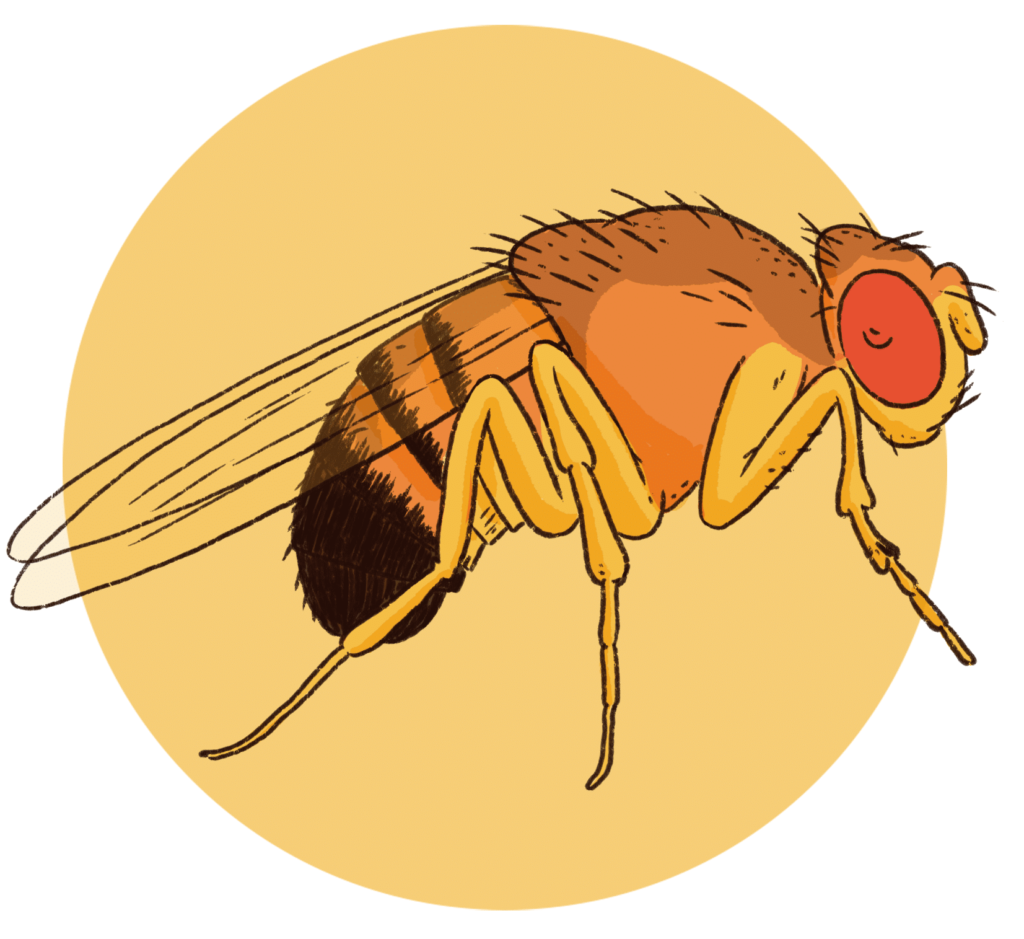
The Great BioQuest
Can you develop from a single cell to a fully-grown adult?
Explore Cambridge as you’ve never seen it before! Solve the riddles to develop from a single cell to an adult animal and uncover the city’s scientific legacy on the way on this fun, family-friendly trail.
Event details
Beginning at The Museum of Zoology, Cambridge, CB2 3EJ
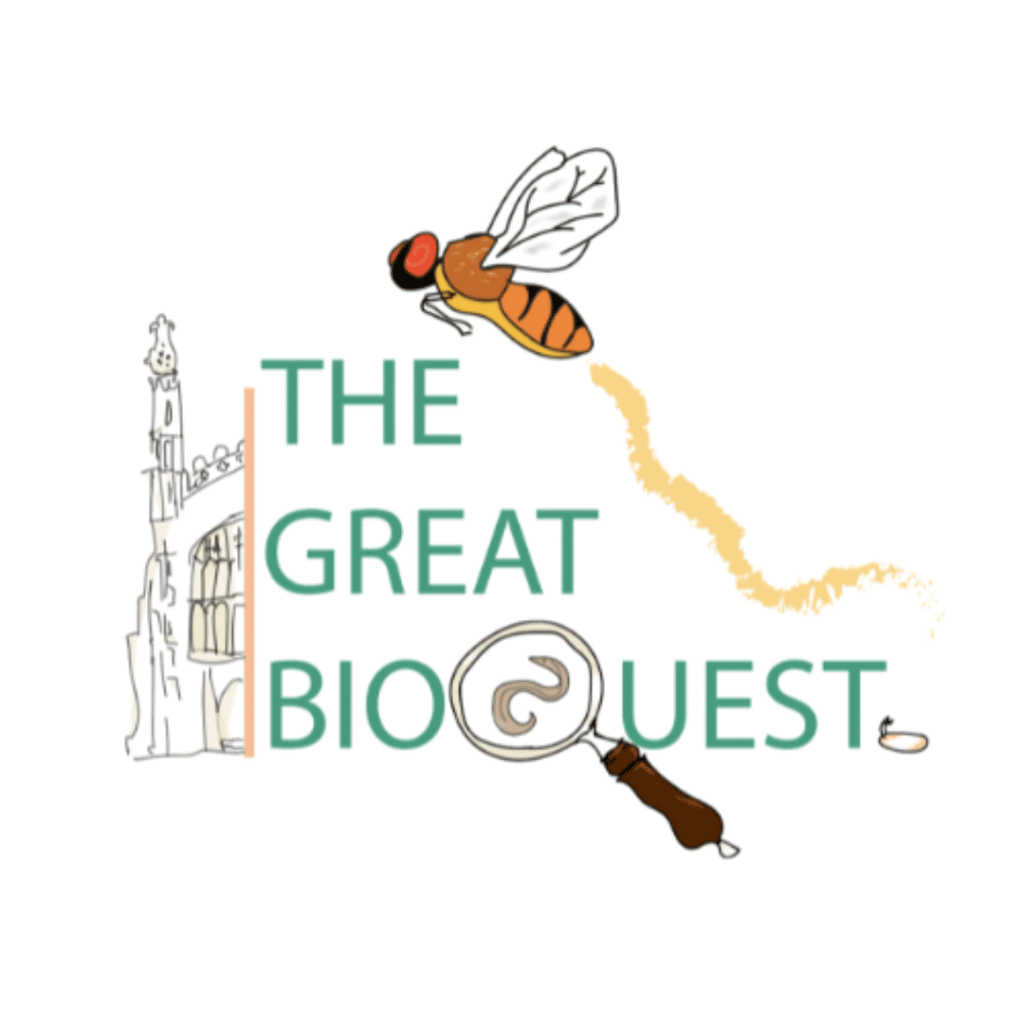
What is The Great BioQuest?
The Great BioQuest is a web-based trail that takes players around the city centre exploring the local scientific history that has impacted the work we do at the Gurdon Institute today.
It is free to play and the trails are easily accessible.
How many routes are there?
The Great BioQuest is made of three routes – the worm, the fly and the frog.
Each route follows the developmental story of one of the animal models we use here at the institute. You will begin your journey as a tiny cell and grow into an adult by the time your trail is complete.
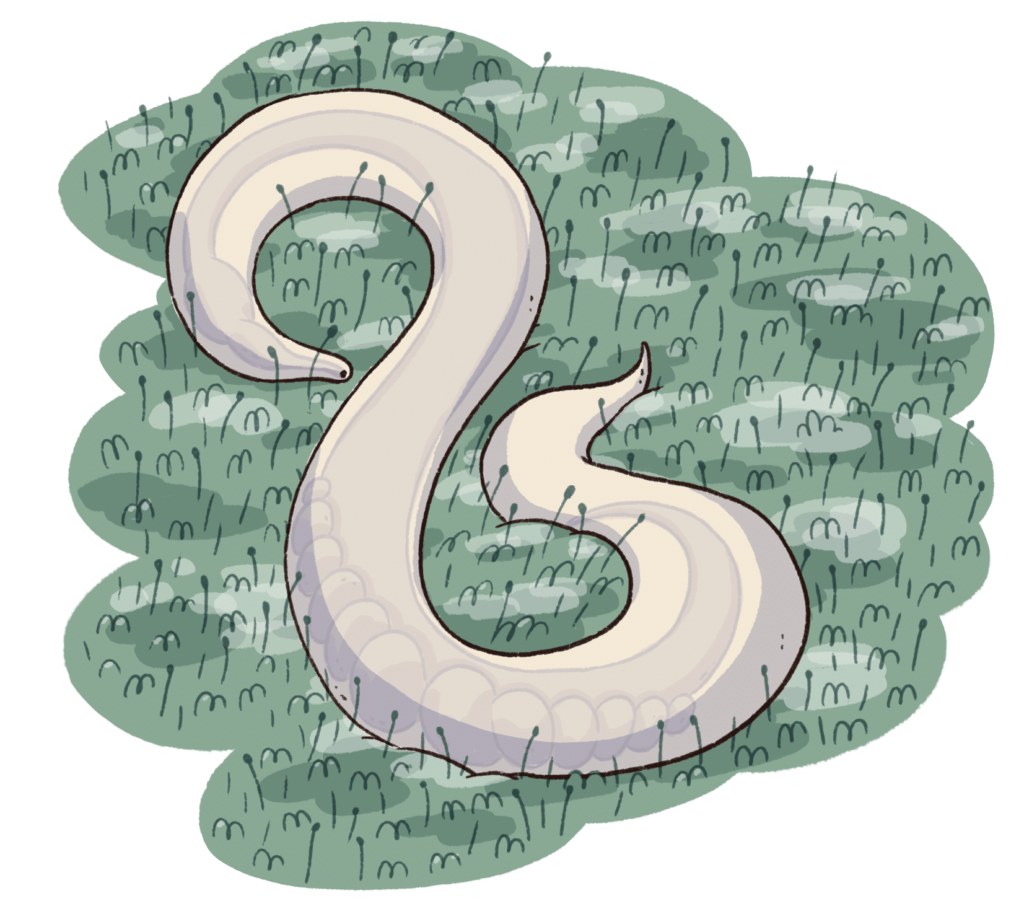
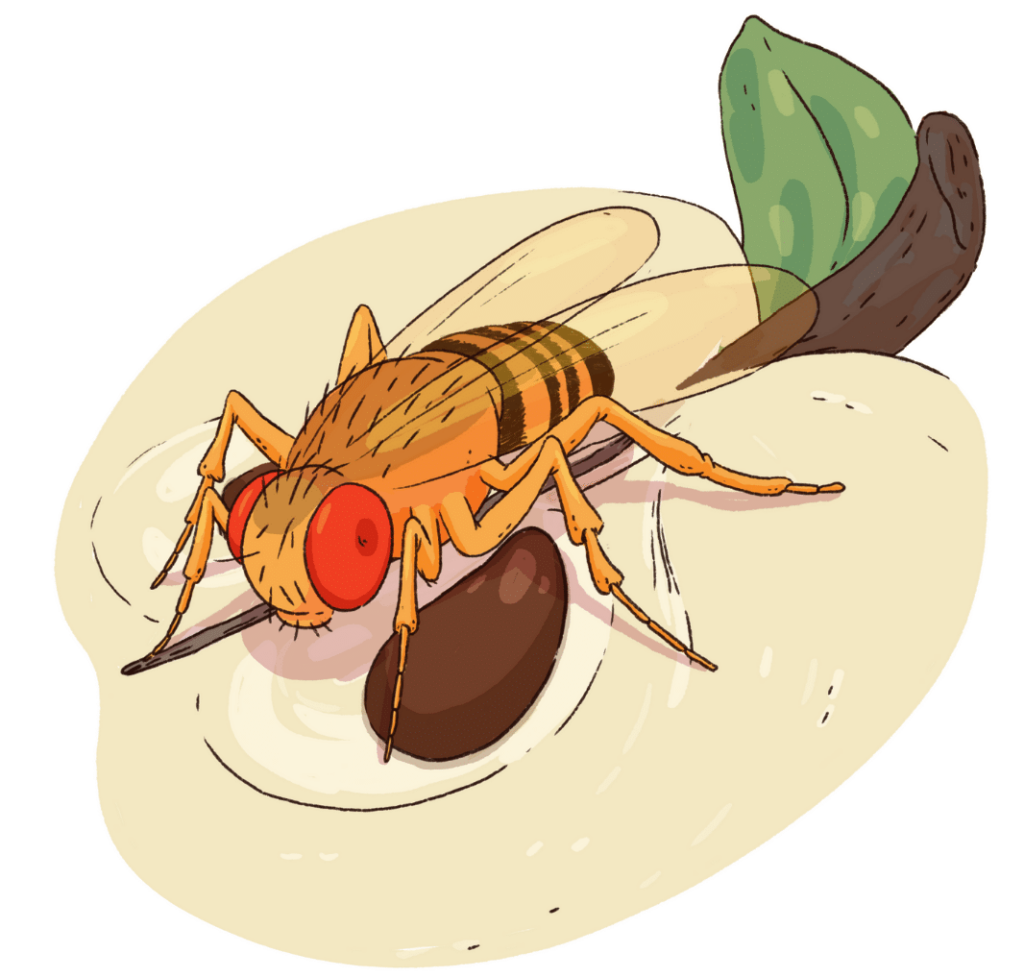
How do I play?
The trails begin at the Museum of Zoology where, by solving the first riddle, you will unlock all three routes and be guided between each of the points on your chosen route.
At each stop, the answer to the riddle can be found outside so there is no need to enter any buildings.
Who can play?
The trails have been designed to suit everyone in the family!
Younger players can answer the ‘Young Explorer’ questions, while more experienced players can challenge themselves to solve the “Pro-Explorer” riddles.
The trail is fully accessible and everything is at street-level. If you would prefer not to use your phone, you can download the trail PDF using the link below.
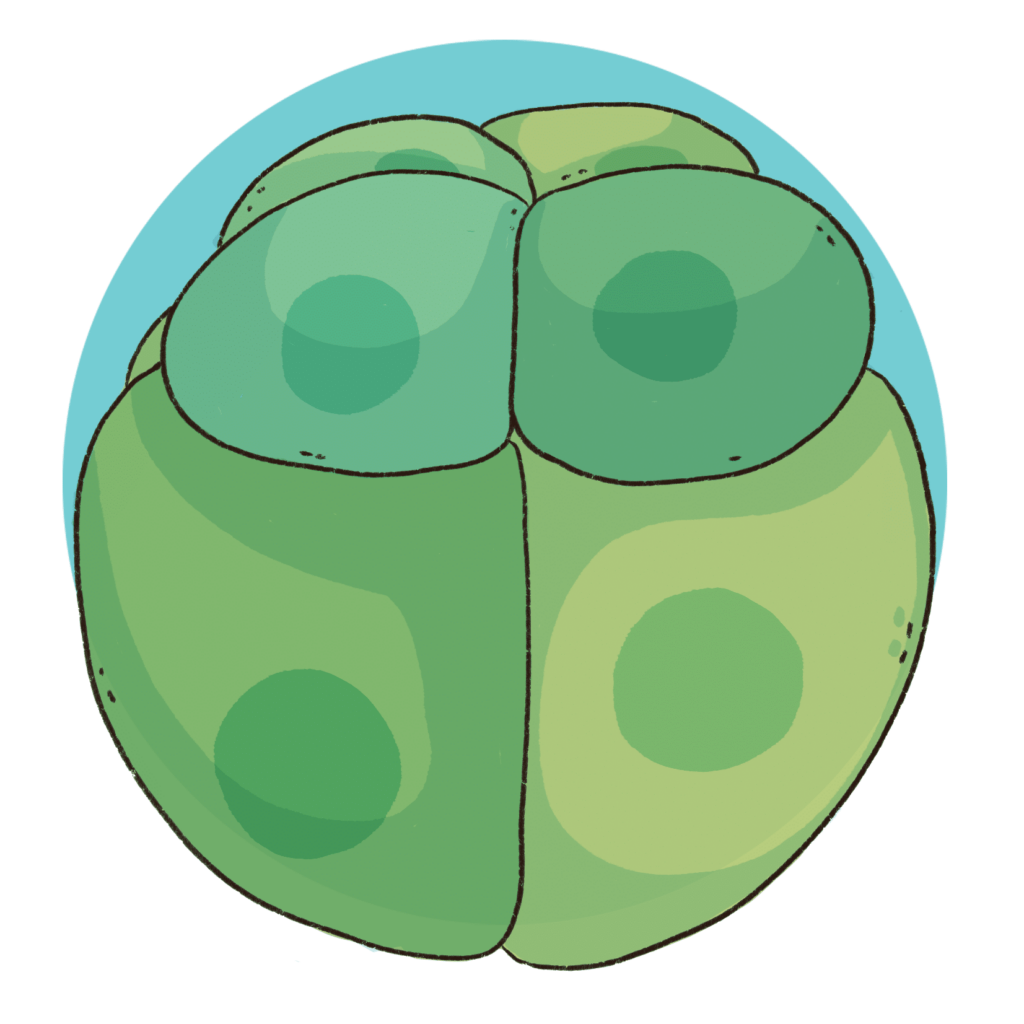
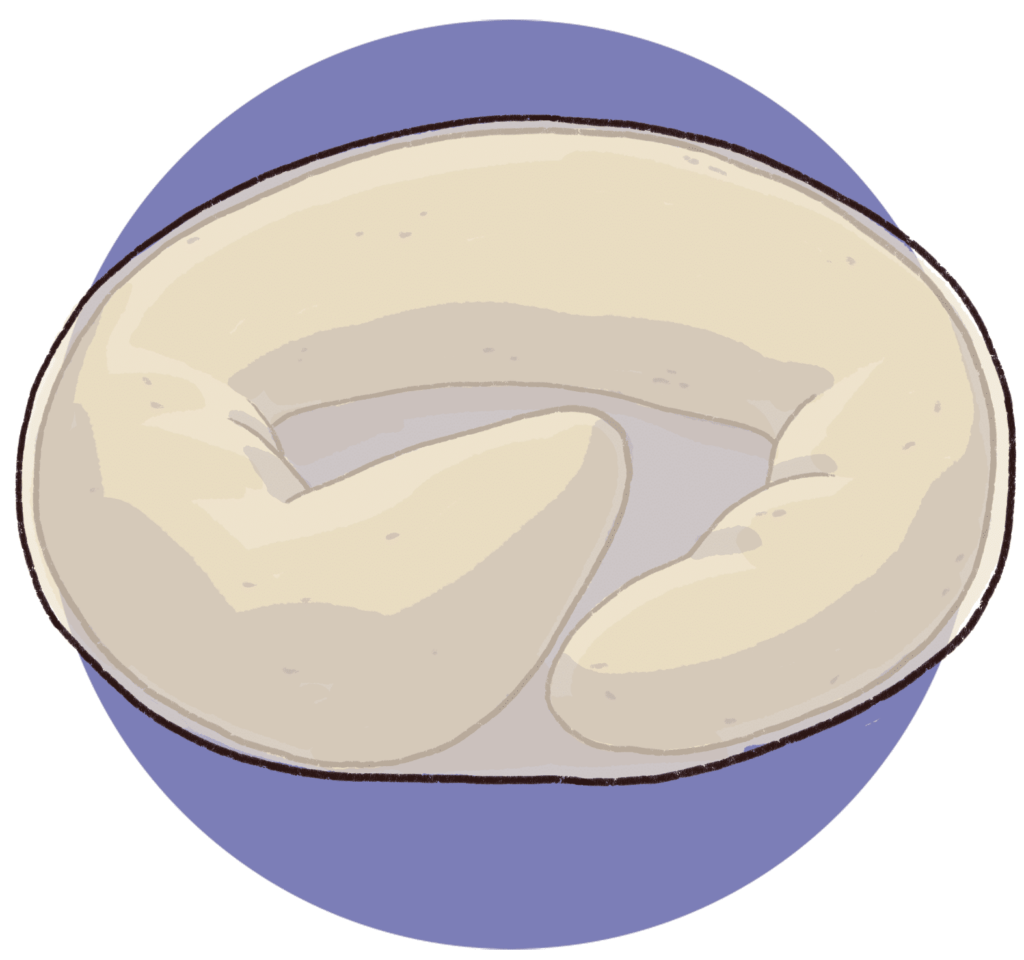
How long will it take?
The worm route will take around 30 minutes, the fly route around 45 minutes and the frog route roughly 1 hour, but is no time constraints so you are able to take it at your own pace.
Race to the end, or have a leisurely stroll – it’s entirely up to you.
Play now!
Click the link below to visit The Great BioQuest website.
Note: The website is optimised to work best on a mobile device
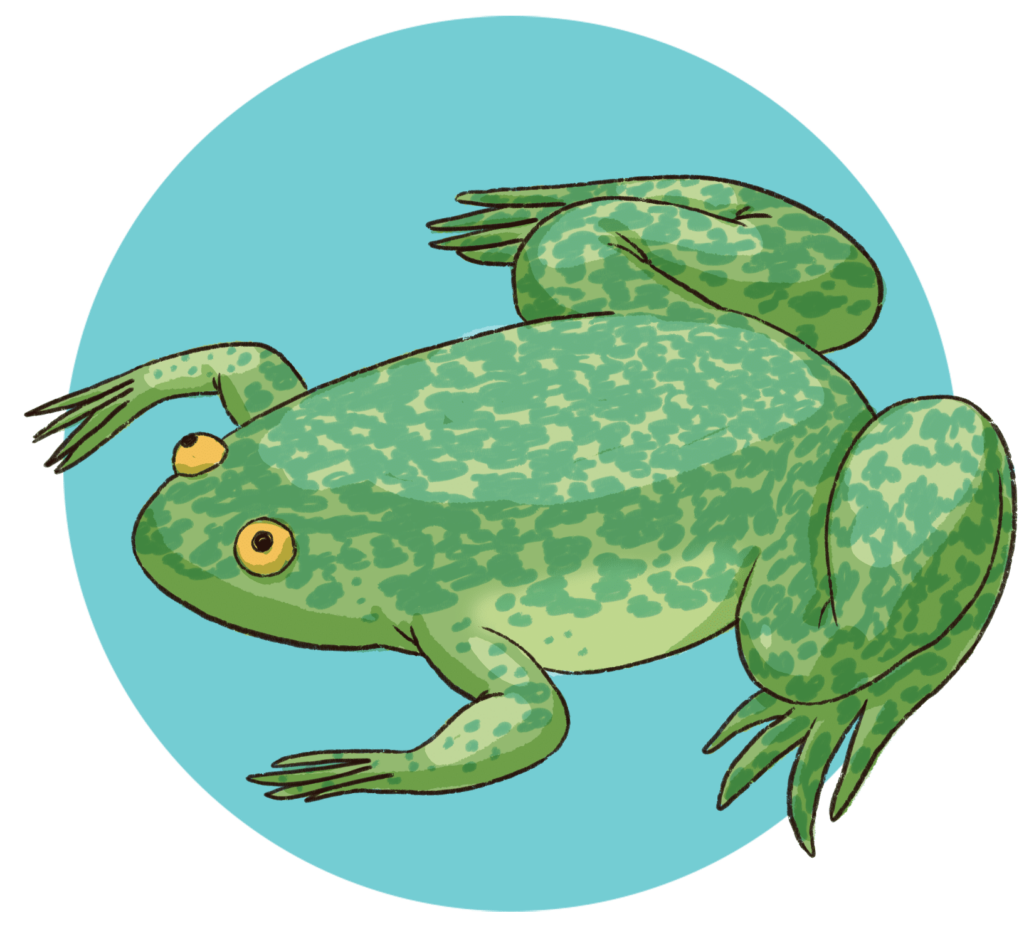

The Great BioQuest was created by Amy Foreman (Brand lab group), with funding provided by the University of Cambridge Public Engagement Starter Fund, The Genetics Society Public Engagement Fund and the Gurdon Institute Public Engagement Seed Fund.
Illustrations by Claudia Flandoli .

